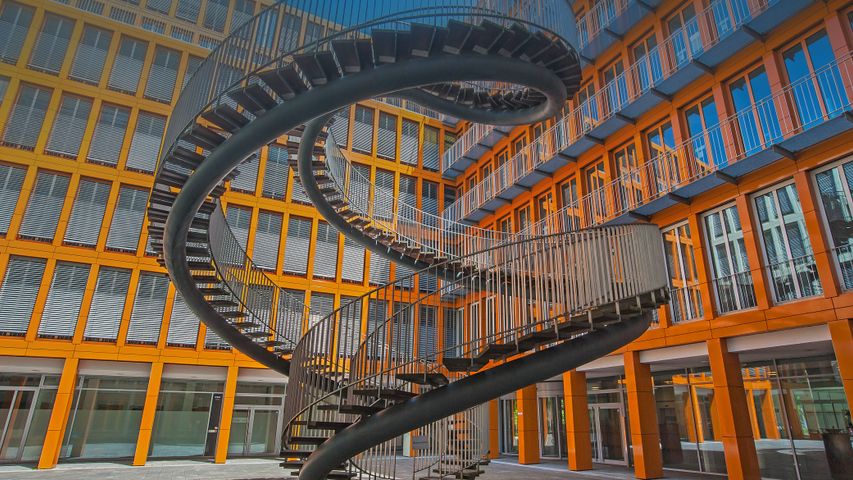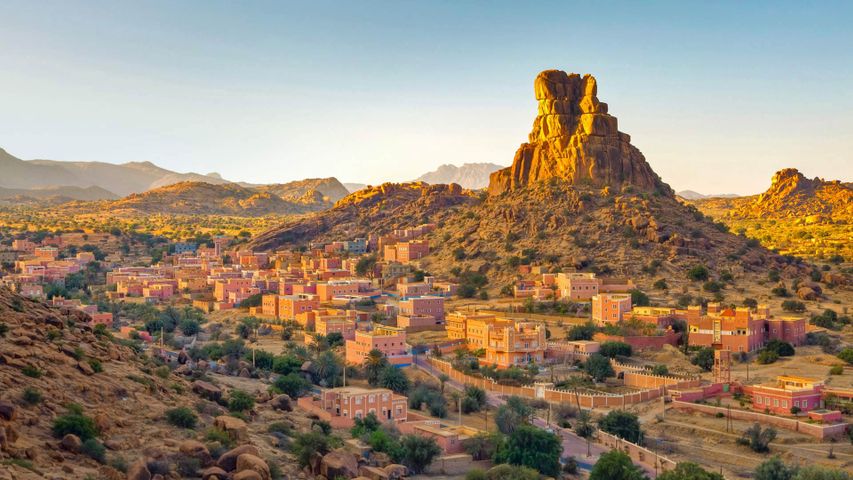Heri es-Swani in Meknes, Morocco
© Calin Stan/Shutterstoc
Arches of a bygone era. Heri es-Swani in Meknes, Morocco
An imperial city in northern central Morocco, Meknes is steeped in history. Meknes reflects the Moroccan style of architecture, with one of its most impressive landmarks being Heri es-Swani, seen in today's image. Heri es-Swani was originally constructed as a stable and for storing vast amounts of grain to sustain the settlement and the Sultan's armies. Its design was both practical and impressive—thick walls and an innovative cooling system helped maintain the food supply. Twenty-two rows of symmetrical arches divided the space into corridors that used to have vaulted ceilings. Back then, mules climbed onto the roof terrace to deliver grain, which was then dropped through specially designed holes in the ceiling below. The structure housed more than 12,000 horses. Today, it stands as an empty shell, acting as a scenic backdrop ready to be explored.
Similarly, India's architectural legacy reflects its rich history, cultural diversity and religious roots. From the intricate Hindu temple designs and majestic Indo-Islamic styles to Rajput grandeur, Mughal elegance and the unique Indo-Saracenic fusion, Indian architecture is a testament to centuries of innovation and artistic expression. Both Meknes and India's architectural wonders highlight how design can harmonise functionality with cultural identity, leaving a legacy that continues to inspire.
Related Images
Bing Today Images


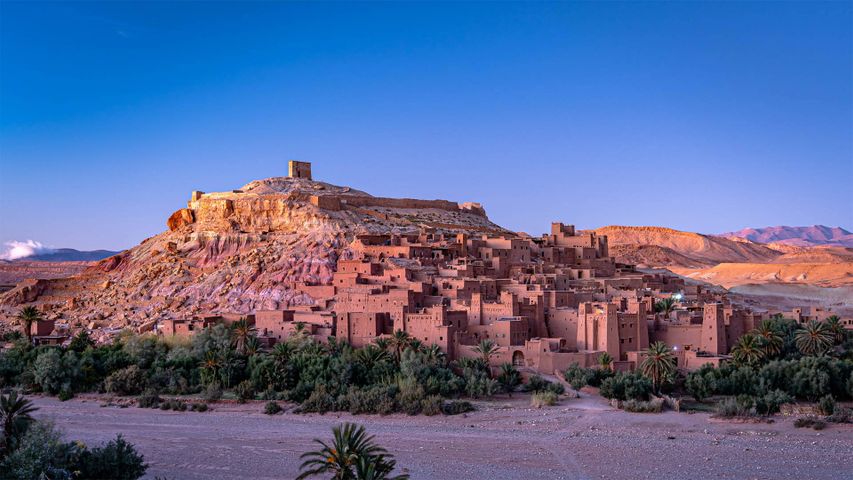
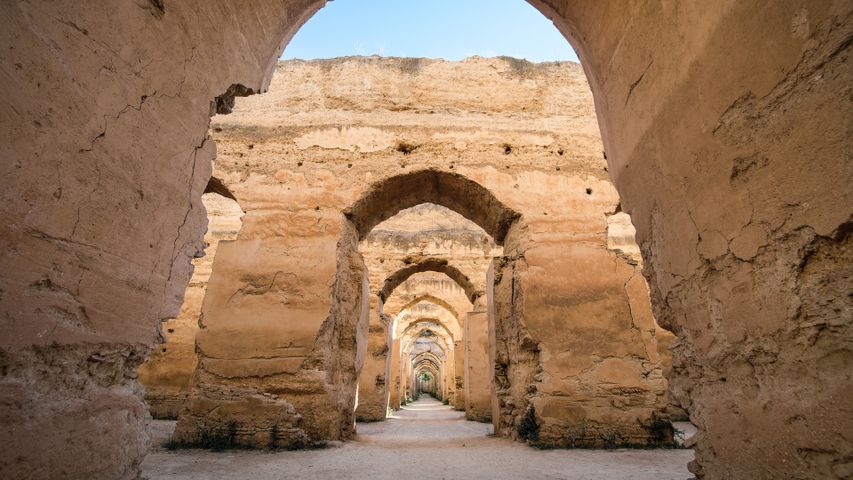
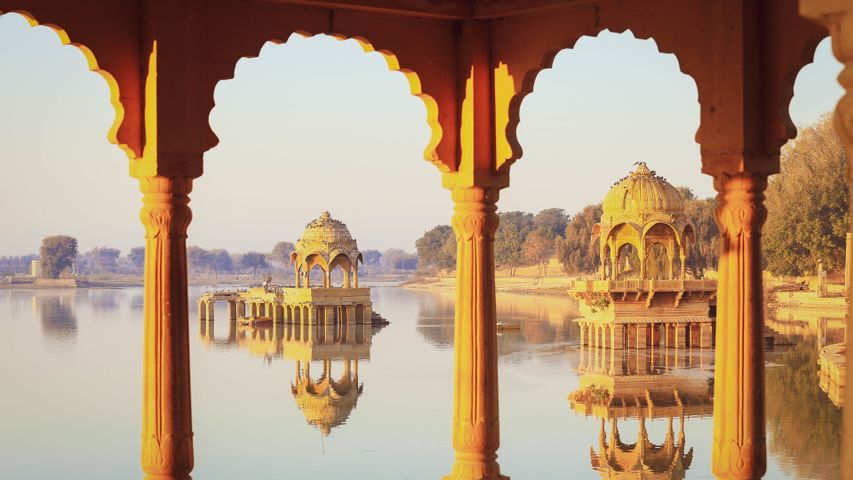 Gadisar Lake, Jaisalmer, Rajasthan
Gadisar Lake, Jaisalmer, Rajasthan
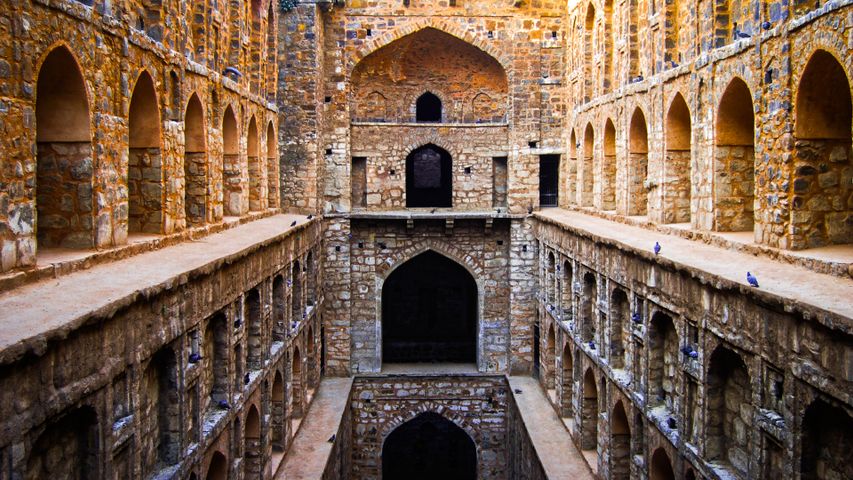 Agrasen Ki Baoli, Connaught Place, New Delhi
Agrasen Ki Baoli, Connaught Place, New Delhi
 Kachina Bridge, Natural Bridges National Monument, Utah, United States
Kachina Bridge, Natural Bridges National Monument, Utah, United States
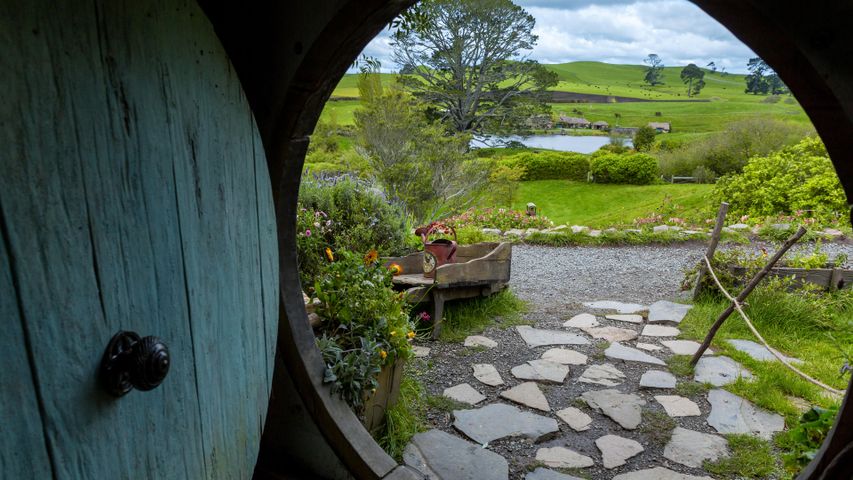 Hobbit-hole in Hobbiton Movie Set, Waikato, New Zealand
Hobbit-hole in Hobbiton Movie Set, Waikato, New Zealand
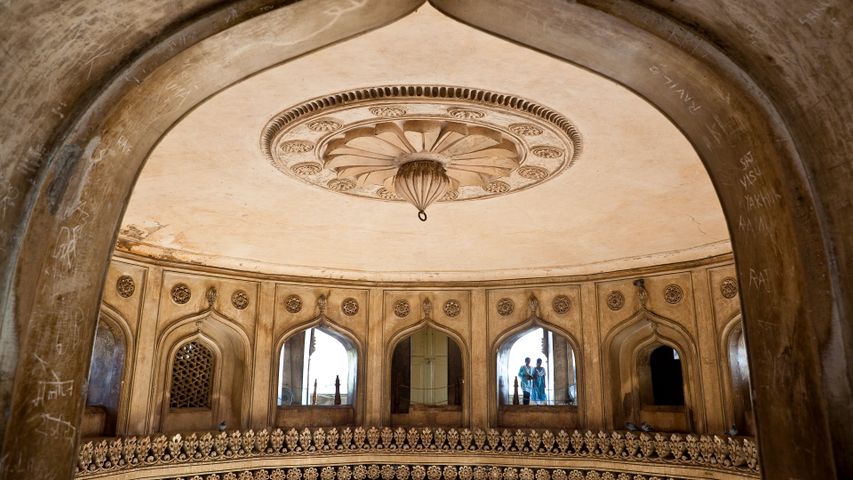 Interior of the Charminar, Hyderabad, Telangana
Interior of the Charminar, Hyderabad, Telangana
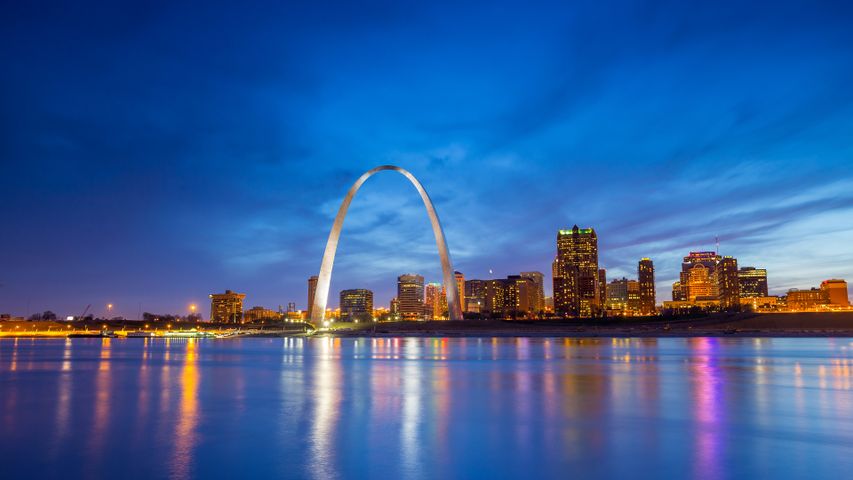 Gateway Arch and St. Louis, Missouri, United States
Gateway Arch and St. Louis, Missouri, United States
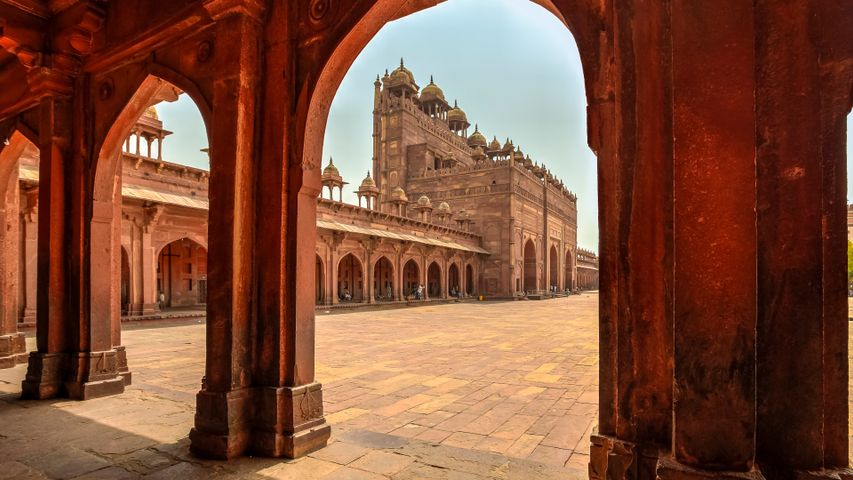 Fatehpur Sikri, Agra, Uttar Pradesh
Fatehpur Sikri, Agra, Uttar Pradesh
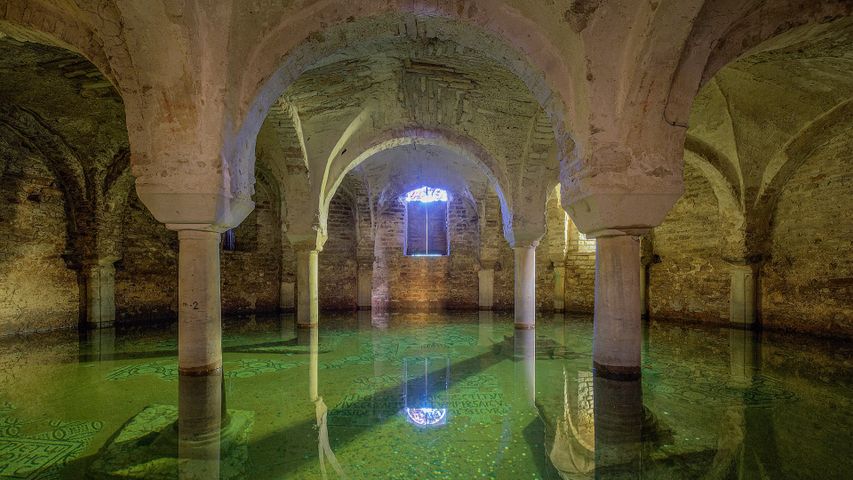 Flooded crypt, Basilica of San Francesco, Ravenna, Italy
Flooded crypt, Basilica of San Francesco, Ravenna, Italy
